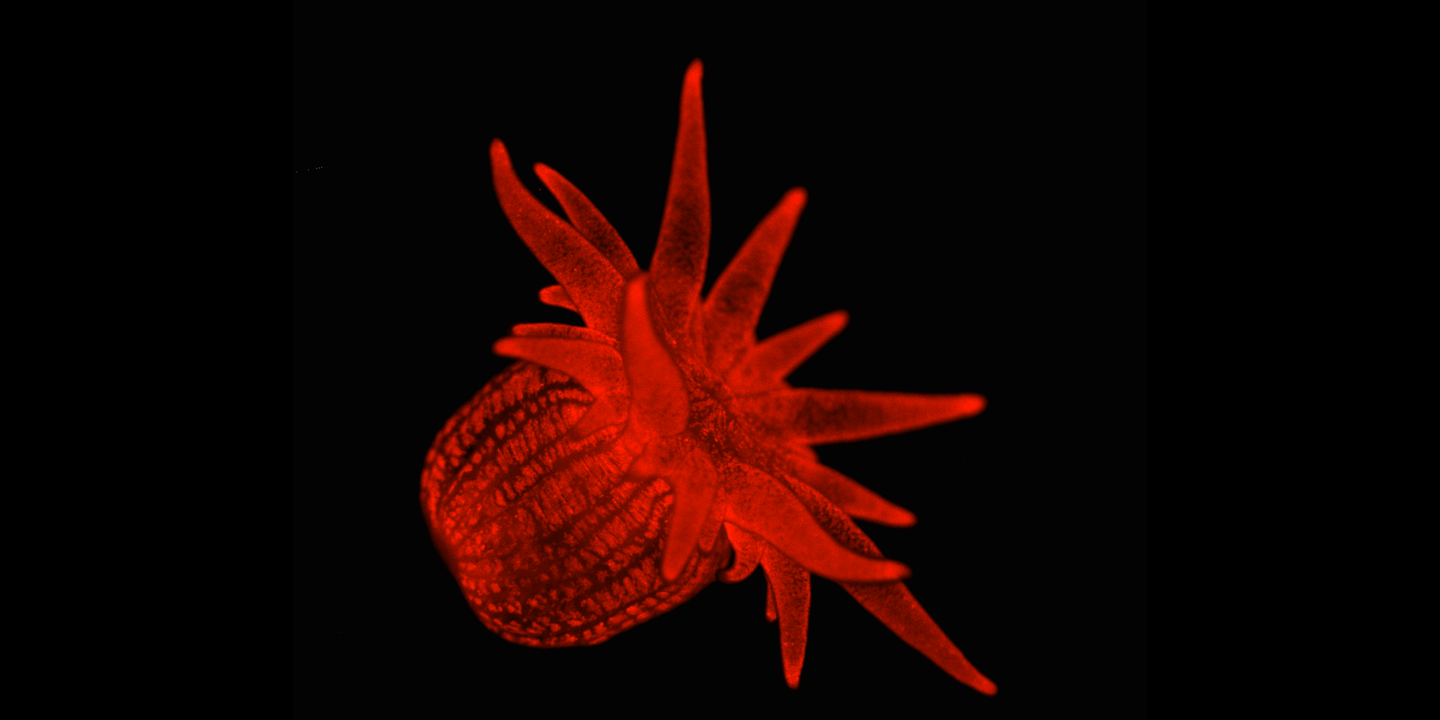We are excited to announce several new job opportunities in the Photosymbiosis Research Group at the Helmholtz Institute for Functional Marine Biodiversity (HIFMB).
These positions are part of our newly funded ERC Starting Grant project “PhagoPhoRe – The interplay of symbiont nutrient release and host phagosome maturation in photosymbiosis regulation.”
About the Project
Photosymbioses, i.e. associations between heterotrophic hosts and photosynthetic symbionts, have repeatedly and independently evolved across the tree of live. Efficient nutrient recycling enables these symbioses to thrive in oligotrophic environments and makes them critical components of global nutrient cycles.
PhagoPhoRe uses a cnidarian model system approach to elucidate the mechanisms governing photosymbiosis establishment, maintenance, and breakdown. We will dissect how phagosome maturation, intracellular trafficking, and metabolic feedbacks regulate nutrient recycling and host–symbiont homeostasis, and determine how these processes are modulated under environmental stress. Methodologically, the project integrates cell biology with metabolomics and high-resolution imaging to quantify nutrient exchange, signaling, and subcellular dynamics, thereby identifying principles that account for both the evolutionary success of photosymbioses and their ongoing ecological collapse.
Open Positions
We are currently recruiting three motivated and curious researchers to join our growing team:
Application deadline: October 29, 2025
This position focuses on the molecular processes that regulate host–symbiont interactions at a single-cell resolution. The successful candidate will apply and develop single-cell transcriptomic approaches to map cell states and regulatory pathways—contrasting hosts containing functional algal symbionts versus inert beads under control and heat stress—and integrate these data with complementary physiological and imaging readouts.
Application deadline: November 5, 2025
This PhD project will investigate nutrient exchange and metabolic feedbacks between host and symbiont using stable isotope labeling, NanoSIMS, and metabolomics. The work will uncover how metabolic connectivity underpins the establishment and stability of photosymbiosis — and how it may break down under environmental stress.
Application deadline: November 5, 2025
This PhD project focuses on the cellular signaling and immune processes that control the maintenance of algal symbionts. The successful candidate will combine fluorescence microscopy, antibody labeling, and proteomics/phosphoproteomics to identify host signaling pathways involved in symbiont recognition, retention, and stress response.
Research Environment
All positions are based at the Helmholtz Institute for Functional Marine Biodiversity (HIFMB) — a joint institute of the Alfred Wegener Institute (AWI) and the University of Oldenburg. The HIFMB offers a vibrant, international, and interdisciplinary environment, connecting marine ecology, evolution, and data science.
Our group benefits from:
- State-of-the-art culture and laboratory facilities for husbandry of cnidarian–algal model systems (e.g. Exaiptasia) and advanced molecular and imaging workflows
- Close collaboration with partners across Europe.
- A strong institutional commitment to mentorship, diversity, and mental well-being
Who We’re Looking For
If you’re fascinated by the biology of symbiosis — how organisms communicate, exchange nutrients, and build complex partnerships — we’d love to hear from you. We are looking for motivated, curious, and collaborative researchers with a strong interest in symbiosis, cell biology, and metabolism. Experience in microscopy, molecular biology, or metabolomics is an advantage, but most importantly, we value creativity, enthusiasm, and the willingness to explore new ideas across disciplinary boundaries.
Join us in uncovering how photosymbiosis evolved and what controls its stability in a changing ocean.
For informal inquiries and further information, please contact Nils Rädecker.
